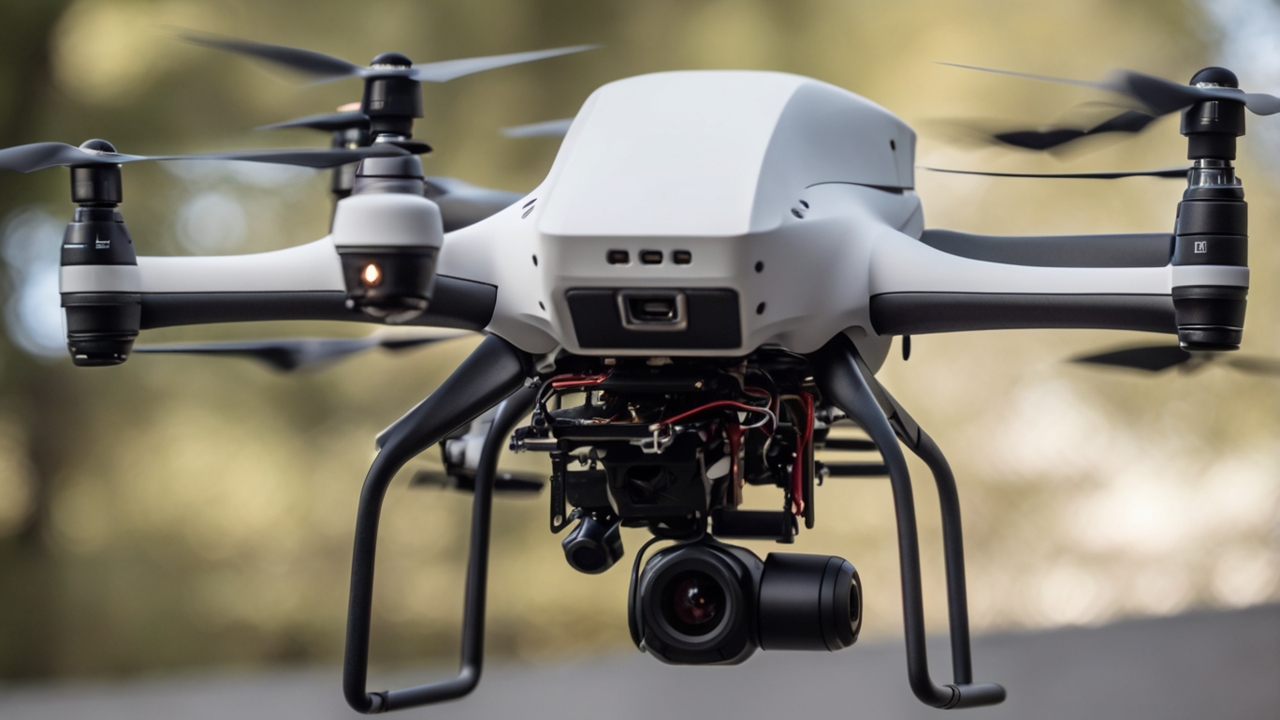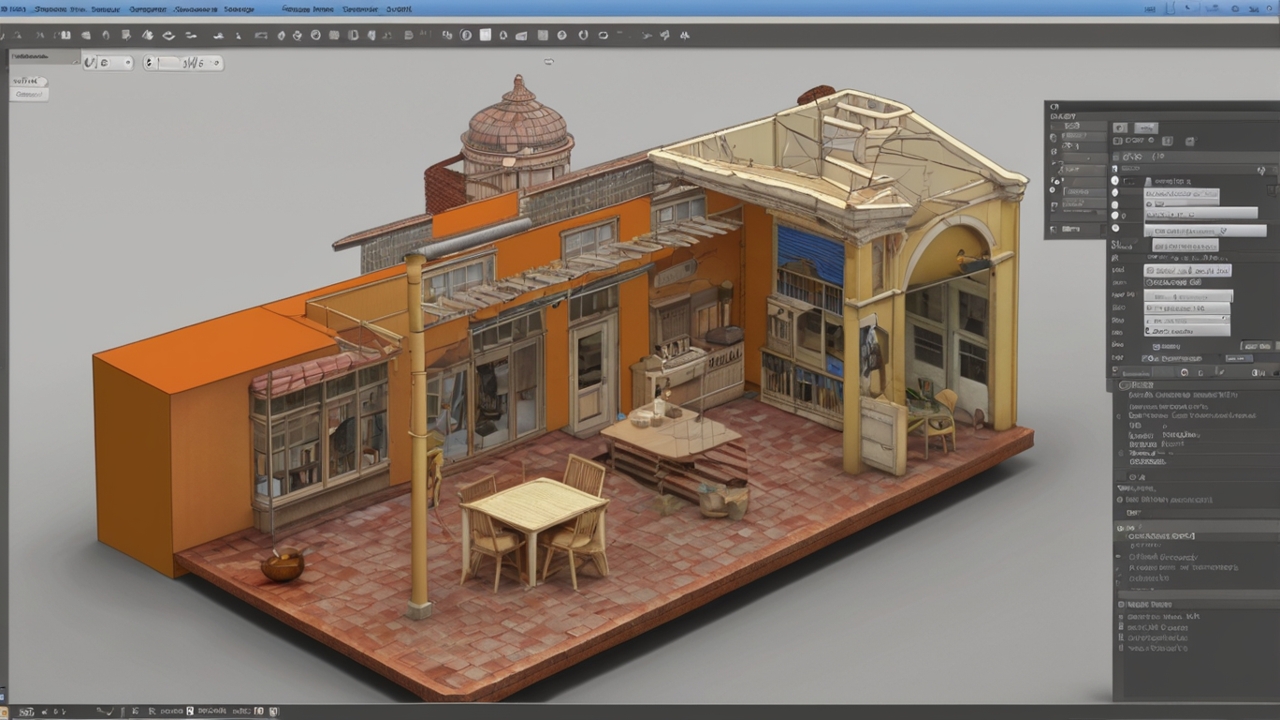Mayumiotero – Visual Telepresence Robots are transforming how humans experience remote environments. These machines, equipped with high-fidelity cameras and responsive mobility systems, allow people to “be” in places they cannot physically reach. As someone who follows robotics closely, I find this revolution especially meaningful because it blends emotional connection with technological precision. Moreover, the shift toward hybrid work, virtual collaboration, and remote field operations has increased demand for richer, more immersive telepresence experiences. Consequently, robots with advanced visual systems are becoming not just useful tools but essential extensions of human capability.
“Read also: When Visa Introduced a New Era of Intelligent Commerce“
How High-Fidelity Cameras Redefine Remote Interaction
One of the most remarkable features of Visual Telepresence Robots lies in their camera systems. Instead of offering simple video feeds, these robots deliver ultra-sharp resolution, low-latency streaming, and lifelike depth perception. Because of these capabilities, users can observe tiny details such as facial microexpressions or subtle textures almost as clearly as if they were standing in the room. High-dynamic-range sensors also make it easier to operate in dim spaces, bright sunlight, or environments with complex lighting. For me, the most striking part is how these upgrades mimic natural vision and reduce the emotional distance often felt during digital communication.
Why Mobility Matters as Much as the Visual System
Although cameras take the spotlight, mobility plays an equally critical role. Modern Visual Telepresence Robots use precise motor controls, obstacle avoidance, and real-time mapping to navigate smoothly. This combination allows users to move through hallways, laboratories, factories, or classrooms with intuitive ease. Furthermore, the ability to tilt, rotate, or raise the camera height enhances perspective control, making remote interactions feel more authentic. In my view, mobility creates the body, while high-fidelity imaging creates the eyes together forming a presence that feels genuinely human.
Enhanced Communication Through Naturalistic Visual Feedback
Because telepresence is ultimately about communication, visual accuracy directly influences social connection. When cameras capture subtle cues like eye movements or slight gestures conversations feel more natural and empathetic. Additionally, high-frame-rate imaging prevents motion blur, so hand signals and body language remain clear during fast interactions. As someone who values emotional nuance, I see this as a breakthrough. It helps teams collaborate more effectively, reduces misunderstandings, and builds trust between remote participants.
Applications Beyond the Office: Where Telepresence Becomes Essential
Although many people associate telepresence with corporate meetings, the real impact appears in specialized fields. Visual Telepresence Robots now support surgeons during remote consultations, guide students through virtual lab environments, and help scientists explore hazardous sites. Even museums use them to offer guided tours to visitors across the world. Because of these diverse applications, the technology is quickly becoming a universal medium for accessing distant realities. For me, the versatility is what truly showcases its potential for long-term global impact.
Challenges in Bandwidth, Privacy, and System Integration
However, no innovation arrives without complications. High-fidelity imaging requires strong internet connections, and not all locations offer stable networks. Privacy concerns also arise, especially when robots enter sensitive spaces like hospitals or government facilities. Additionally, integrating telepresence systems with existing IT infrastructure demands technical expertise. Yet, despite these hurdles, engineering teams continue to refine compression algorithms, secure communication protocols, and AI-assisted navigation tools. Therefore, I believe these obstacles are stepping stones toward a more polished future.
“Read more: When Cybersecurity Meets Its Most Alarming Turning Point“
The Role of AI in Advancing Visual Telepresence Robots
Artificial intelligence increasingly shapes the evolution of telepresence technology. AI helps stabilize video, predict user movements, enhance image clarity, and detect potential obstacles. Some systems even include autonomous modes where the robot can follow a person, zoom in on relevant details, or adjust angles based on context. This blend of AI and high-fidelity imaging reduces cognitive load on the user, allowing them to focus on communication rather than control. Personally, I see AI as the invisible partner that elevates telepresence from functional to intuitive.
How Telepresence Changes Human Connection and Work Culture
Visual Telepresence Robots are also reshaping social norms. Employees can attend events they would otherwise miss, families can visit relatives in hospitals from afar, and educators can reach students regardless of geography. As remote work becomes more accepted, these robots provide a hybrid presence that video calls cannot match. In many ways, they restore the sense of “being in the room,” allowing people to maintain relationships and responsibilities even when physically distant.
A Glimpse Into the Future of Remote Presence Technology
Looking ahead, the next generation of Visual Telepresence Robots will likely feature holographic overlays, spatial audio mapping, and even tactile feedback. These enhancements could blur the line between physical and virtual worlds. If the current trajectory continues, telepresence may evolve into a core component of everyday life much like smartphones did a decade ago. From my perspective, we are witnessing the early stages of a technological shift that will redefine how humans travel, communicate, and collaborate across the globe.













